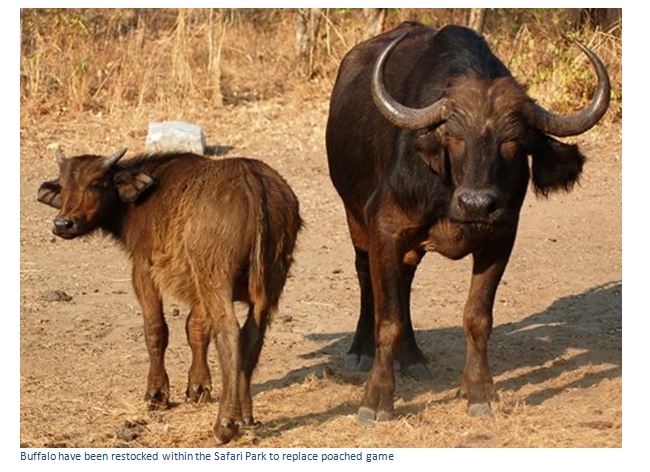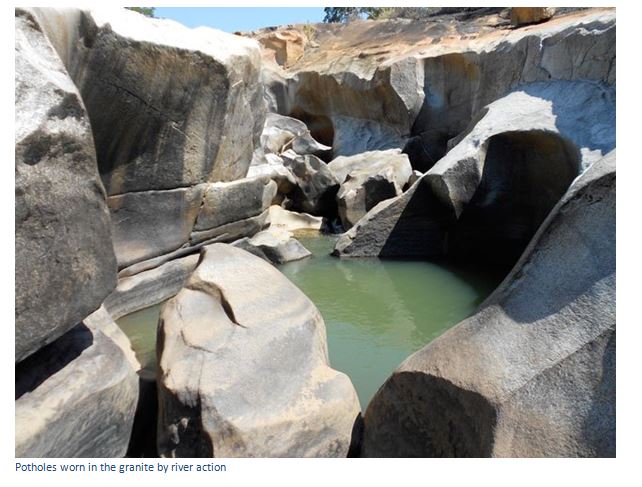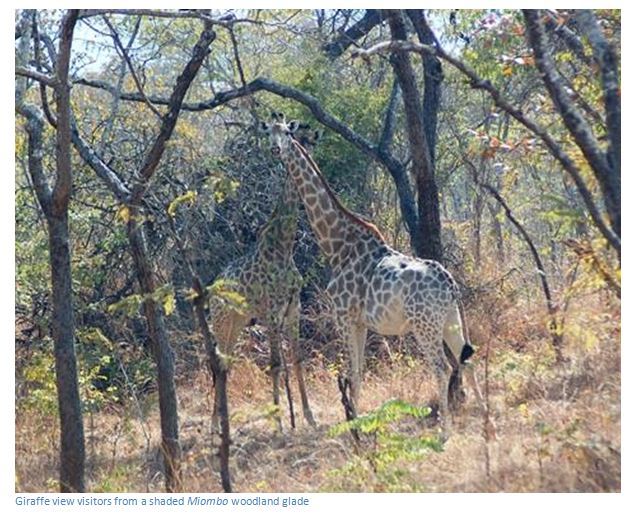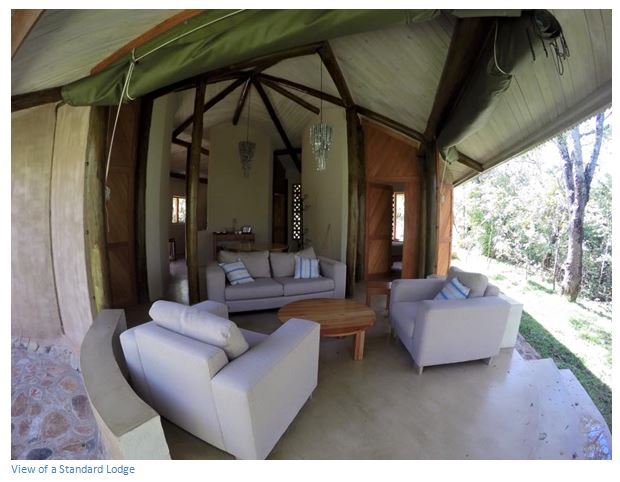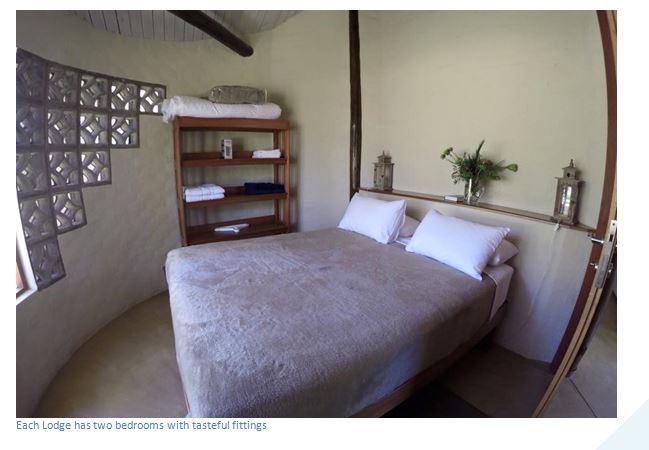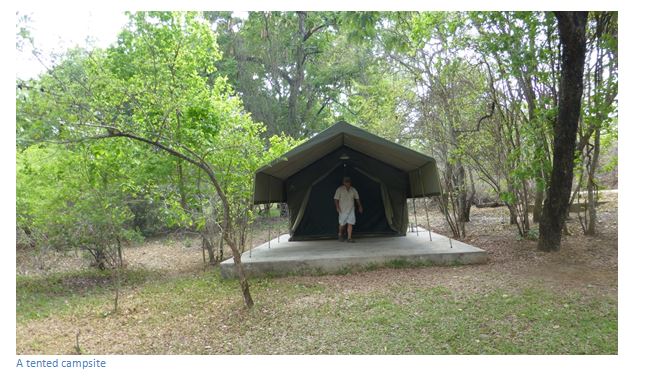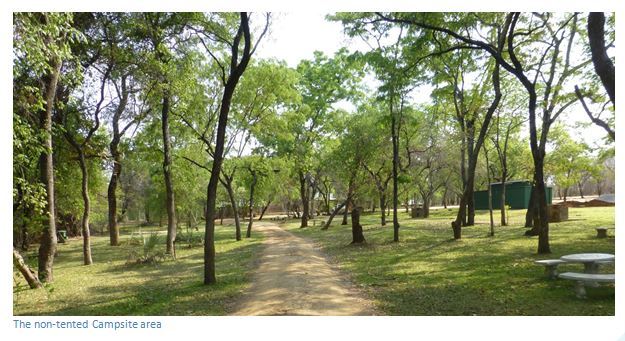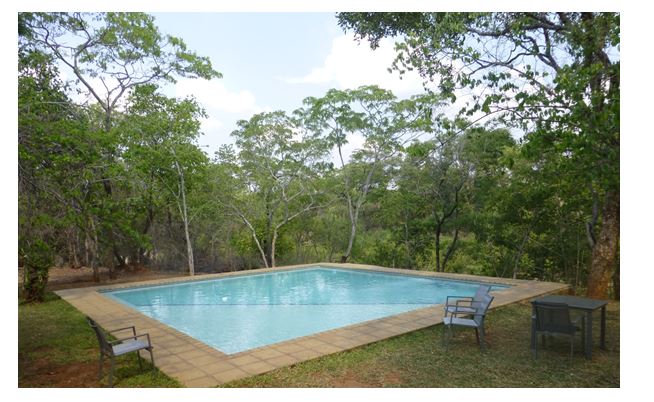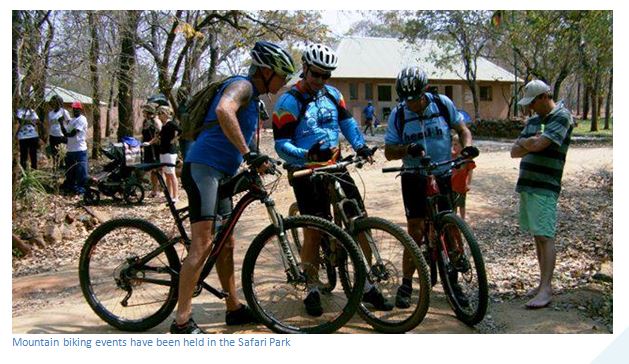Umfurudzi Park
From 2000 to 2010 this Park took a severe negative battering and the wildlife was decimated. However, since then the efforts of ZPWMA and Pioneer Corporation Africa (PCA) to form a joint venture to rehabilitate and operate the Safari Park have been transformational and a real inspiration for what can be achieved and duplicated in other distressed Parks.
Safe to walk anywhere outside of the protected and fenced buffalo breeding area, there are many marked trails and roads within the Park to walk.
There is fantastic fishing and picturesque fishing spots along the rivers that flow all year. The Mazoe River is on the eastern boundary with an abundance of fish, namely, tiger fish, bream Species, bottlenose, barbel, vundu, labeo, and is the only river system in Zimbabwe to hold yellow fish.
Many new animals including elephants, giraffe, buffalo, eland and sable antelope, impala and wildebeest, even Pangolin have been translocated into the Safari Park – a huge credit to the efforts of ZPWMA and Hamish Rudland of PCA and Iain Jarvis of Wilderness Africa Trust.
The lodges and campsites are the most comfortable and best equipped in the country with ZESA power backed by a 24-hour emergency generator. The entertainment area has wide-screen TV, light meals, a beautiful swimming pool. These facilities are unmatched by any other National, or Safari Park in Zimbabwe.
Take the (A2) Enterprise Road, passing through Newlands and Chisipite and continuing until the tollgates. Distances are from the tollgates. 0.2 KM turn left on the (A13) Shamva Road; 15.4 KM pass Ewanrigg turnoff on the right, 21.6 KM reach Bally Vaughn entrance on the left. 44.0 KM reach Murmurgwe rock art turnoff on the left, 68.8 KM reach the Bindura road on the left and continue on into Shamva, but continue on straight. The road becomes a mixture of narrow and double tar here with steep drop-offs from the narrow tar. Beware some minibus taxis do not get off the narrow tar. 73.7 KM cross the Mazowe River; 95.4 KM cross the Umfurudzi River.
At 100.7 KM at Madziwa Mine secondary School turn right, also signposted “Umfurudzi Park 15 KMs.” Proceed approximately 100 metres through the shopping centre, turn right and then left in front of the Madziwa Clubhouse where there is another signpost for “Umfurudzi Park.” The road does a few turns through the old Madziwa Mine processing plant. At 101.6 KM turn left on a tar road that has some potholes and reaches the old Mazaiwa Mine at 108.3 KM. Umfurudzi Park Gate is at 109 KM. The Park Office is 8 kilometres from the Gate on a good gravel road. High clearance is recommended; but 4WD is not required, except during the rainy season from November to April.
The national road (A13) as far as Shamva is in excellent condition and reasonable thereafter.
At the main gate, do not forget to get a copy of the Umfurudzi Park Map and General Guide for $2. An essential tool for touring the Park and the most comprehensive map guide in the country.
GPS reference: 17⁰05′42.58″S 31⁰46′07.17″E
Animal Species: Elephant, Eland, buffalo, giraffe, zebra, leopard, hippo, Nile crocodile, kudu, tsessebe, bushbuck, waterbuck, impala, sable antelope, up to 340 bird species have been recorded and there is excellent fishing in the Umfurudzi and Mazowe Rivers.
Pioneer Corporation Africa (PCA) and ZPWMA jointly manage the Umfurudzi Park. Visitors may book through the ZPWMA main office, or the www.umfurudzipark.co.zw website. The project seeks to utilize resources and expertise from both organizations for the good of the Umfurudzi Safari Park and in terms of infrastructure of roads and accommodation; this is the premier Park within Zimbabwe.
The Park covers an area of 76,000 hectares is bounded on its eastern edge by the Mazowe River with the Umfurudzi River flowing through the southern portion of the park before joining the Mazowe River. This eastern boundary forms the provincial boundary between Mashonaland Central, within which the Park lies, and Mashonaland East.
The Safari Park was the first to be opened after Independence in 1980, but the wildlife was very adversely affected by political and social turmoil, poaching and over-hunting, and the collapse of tourism, and the withdrawal of international funding. In the 1990’s the area was under the protection of the Wilderness Africa Trust and they were optimistic for the future of the area including wildlife protection and relocation, volunteer help and community training. However, the lack of visitors and the land chaos after 2000 turned these dreams into a nightmare.
The Umfurudzi Park is safe to walk anywhere outside of the protected and fenced buffalo breeding area and there are many marked walking trails and roads within the Park. With special arrangements with management, multi day walking and wilderness camping in the park is available to the seasoned hiker, including climbing Mt Chisinga, Svisamoyo and other mountains, or granite kopjes. Visits may be made to numerous San rock art sites, potholes and Iron-Age dry-stone walling monuments. Walking within the intensive breeding area is allowed with the attendance of a Park Ranger because it contains dangerous animals, namely Buffalo and Elephant.
Restocking of wildlife has taken place and management at the Safari Park has reasserted organisation and discipline and brought the poaching problem under control with the Park Rangers undertaking anti-poaching patrols with the aid of added vehicles and equipment such as short wave radio handsets.
The Umfurudzi Park has completely recovered so that today it can offer a wide variety of attractions including vast areas of natural woodlands, wildlife, Iron Age dry-stone walling monuments, rock art, fascinating potholes worn into the granite by river action and good fishing for tigerfish, bream, vundu and chessa in a comfortable and safe environment.
Many activities can be carried out including:
- Guided bush walks to see the wildlife, flora and fauna
- Camping
- Mountain hiking
- Day and night drives - Many species of animals can be seen during game drives and there are also picnic sites along certain routes, but visitors must not deviate from these designated sites and routes.
- Fishing – the Mazowe and Umfurudzi rivers have many varieties of fish. There is catch and release in all rivers, but up to five fish may be kept daily from dams.
- Photography
- Canoeing
- Bird watching – 340 species have been recorded
- Visiting the San rock art and dry-stone walling monuments
- Swimming is allowed in the rivers, but there are crocodiles, so be very cautious and keep away from deep pools.
Facilities
These include:
Self-catering Lodges
There are four standard and one executive Lodges. These come fully equipped with beds, linen, kitchen utensils, fridge and gas cooker and are unequalled in terms of comfort in Zimbabwe. Even the walls have mosquito repellent paint.
Campsites
These are fully equipped with spacious tents on a cement base, beds, linen, kitchen utensils, fridge and gas cooker. There are four permanently tented camps along the Umfurudzi River, each with a Queen bed and a single bed. They have a separate kitchen and ZESA power, plus toilets and hot and cold showers.
Non-tented Campsites
Visitors bring their own tents, bedding and cooking utensils. These have ablution facilities, picnic benches and braai areas on the lawns surrounding the Park office where visitors are free to pitch their tents under the trees.
Entertainment Area
This unique facility offers a comfortable and attractive seating area where light meals and drinks are offered with wide-screen TV and a luxurious swimming pool.
Wilderness camping is also available upon request, but these sites do not have any facilities. Sites are available throughout the Park. Please enquire with the Park Offices.
Bookings are through Zimbabwe Parks and Wildlife Management Authority (ZPWMA) on the corner of Borrowdale and Sandringham Roads, next to the Botanical Gardens, or the www.umfurudzipark.co.zw website.
Some of the achievements made by the management and staff of the Umfurudzi Safari Area include:
Ø Halting the poaching and human encroachment – this has been achieved by Ranger patrols and hands-on management engagement
Ø Restocking the Umfurudzi Park – in 2011-2013 over 1,800 animals including elephant, buffalo, eland, impala, giraffe, wildebeest, warthog, zebra, waterbuck and tsessebe have been re-introduced
Ø Twelve small dams have been constructed for animals and birds
Ø Accommodation and visitor infrastructure id the best in Zimbabwe.
Threats to the Umfurudzi Park
Local people say mining and quarrying pose the greatest threat to the Umfurudzi. The Natural Stone Export Company has been named as it quarries large quantities of black granite to the east of the Mazowe River. Apparently, damage to the environment has been extensive and exploration work is done without any obvious attempt at environmental rehabilitation with roads and exploration trenching disfiguring the area, especially to the south of the Umfurudzi River.
The Zimbabwe Electrical Supply Authority (ZESA) has also degraded the area in running power lines through the Hippo Pools Wilderness area. Some estimate that over a million trees, many of great size, rarity and beauty have been chopped away. This area is where the Miombo woodland of the highlands meets the vegetation of the Zambezi valley and the flora in the area is unique.
Hippo Pools Wilderness Camp (wildernessafrica@zol.co.zw) is situated along the Mazowe River approximately 150 kilometres from Harare and convenient for a weekend getaway. The camp can accommodate a maximum of thirty guests.
Directions are the same as for Umfurudzi Safari Park. On reaching the entrance gate, a charge of US$5 is levied. Turn left at the signpost, or you will arrive at the Wardens office. If in doubt, check with the Ranger at the gate and say you are going to Hippo Pools Wilderness Camp, which is 15 kilometres away and overlooks a pool where the hippos live. Iain Jarvis is the founder member of the Wilderness Africa Trust and the Executive Director and has spent a lifetime dedicated to conservation and anti-poaching.
The Hippo Pools Wilderness camp was started in 1982 as a community effort. Generating money through visitors to the Hippo Pools wilderness camp is vital to the whole community project. An obvious lack of visitors and income has left the place a bit run down with the restaurant, sun deck, and campsite needing TLC. The cottages have gas fridges and stoves, but are very basic and rustic. The Safari Tents come with bunk beds and a fridge / freezer. There are number of different size chalets, each with shower room and fully equipped kitchen. There is also a large campsite. The self-catering chalets are $30 per person per night.
The various activities at the camp, namely horse riding, game walks, bird watching, swimming in the rock pool and river rafting. The fishing is excellent for bream, vundu and chessa as well as good-sized tiger fish and there are over 200 kilometres of marked paths and hiking trails designed to suit all levels of fitness. More challenging trails lead into the rugged granite kopjes and with trees of interest clearly marked, and the abundance of good birding, the trails and walks are guaranteed to interest anyone with a love of nature.

